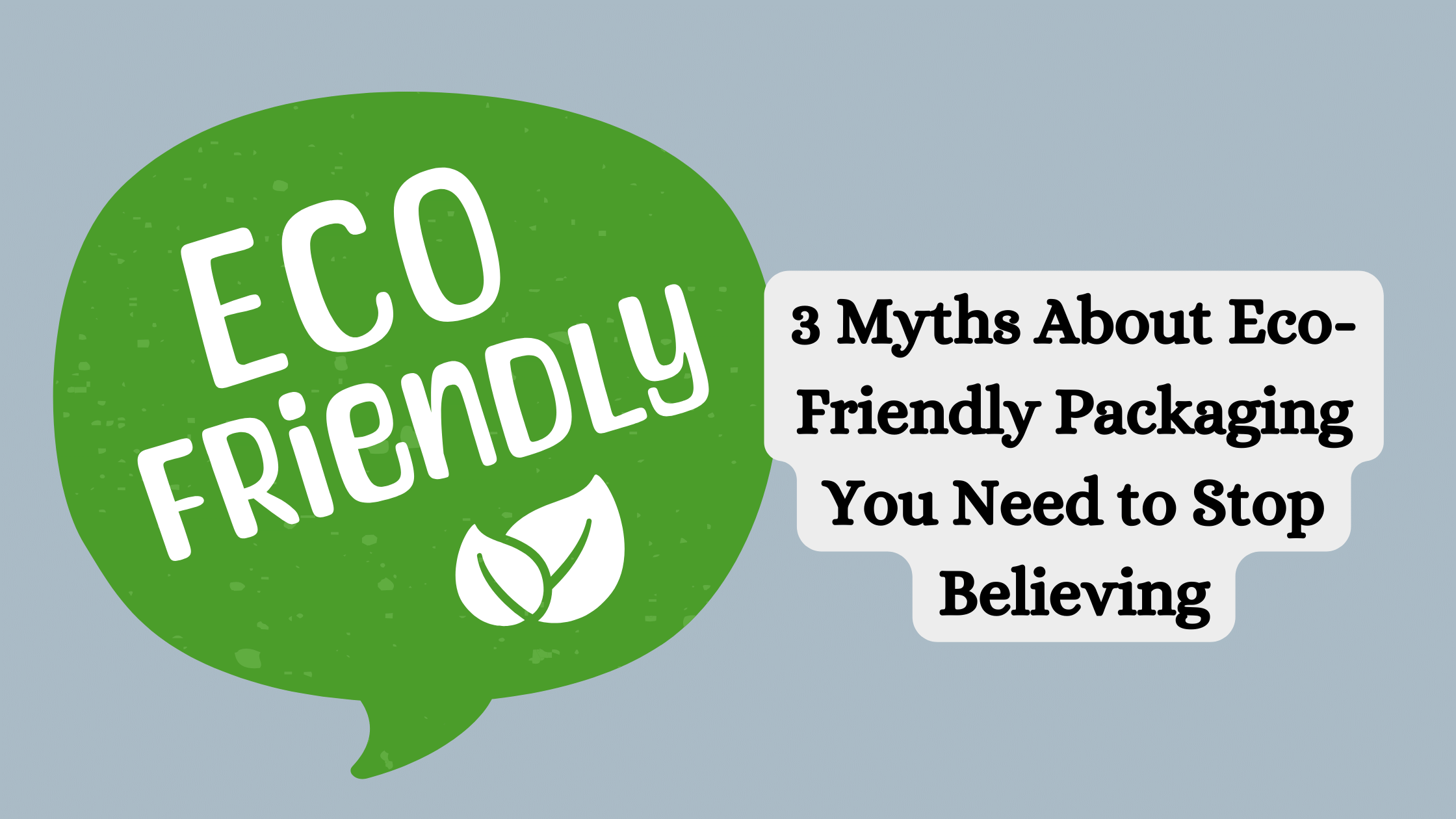
As consumers, we often try to make the best environmental choices, but misconceptions cloud our decisions. Whether it’s choosing products from the list of best kratom vendors with environmentally friendly practices or selecting the most sustainable packaging options for our businesses, understanding the facts behind common myths is crucial. This article aims to debunk some of the most persistent myths about eco-friendly packaging, providing clarity and encouraging informed decisions.
Myth 1: Eco-Friendly Packaging is Always More Expensive
One of the most pervasive myths is the assumption that eco-friendly packaging inevitably comes with a higher price tag. While initial costs may be slightly higher, the long-term benefits and potential savings can make sustainable packaging a smart financial decision. Innovations in materials and manufacturing processes are continually reducing costs, making sustainable options increasingly competitive with traditional packaging. Moreover, consumers are willing to pay a premium for environmentally friendly products, allowing businesses to align their brands with these values.
Sustainable packaging often utilizes materials more efficiently and can significantly save shipping and handling due to its lighter weight and reduced volume. This optimization not only cuts costs but also minimizes the environmental impact of transportation, contributing to a more sustainable supply chain.
Myth 2: Eco-Friendly Packaging Lacks Durability and Aesthetic Appeal
Contrary to the belief that sustainable packaging is less durable than traditional options, many eco-friendly materials offer comparable, if not superior, strength and protection for products. Advances in packaging design have also enabled a wide range of aesthetic and functional options, allowing businesses to maintain or even enhance the visual appeal of their packaging. This versatility ensures that eco-friendly packaging can meet the needs of various products and industries without compromising on quality or design.
Sustainable packaging can significantly impact how consumers perceive a product. With a growing number of shoppers prioritizing environmental considerations in their purchasing decisions, well-designed eco-friendly packaging can enhance a brand’s image and appeal to a broader audience.
Myth 3: Transitioning to Sustainable Packaging is Overwhelmingly Complex
Many businesses fear that switching to sustainable packaging will be complicated and disruptive, so they wait longer. However, transitioning to greener packaging solutions can be straightforward with the right guidance and resources. Suppliers specializing in sustainable materials and practices can offer valuable insights and support, making it easier for companies to adopt eco-friendly packaging without significant upheaval.
As the demand for sustainable packaging grows, so does the range of available options. This expanding market encourages innovation, giving businesses more choices and flexibility in implementing eco-friendly packaging solutions.
Myth 4: Recycling Is the Only Measure of Sustainability in Packaging
The focus on recycling as the sole indicator of a package’s sustainability overlooks other crucial aspects such as resource efficiency, energy consumption in production, and the lifecycle analysis of materials. While recycling is an essential component of sustainability, it’s not the only measure. Sustainable packaging also involves reducing materials used, employing renewable resources, and designing for reusability or compostability. This broader approach ensures that the environmental impact is minimized throughout the entire packaging lifecycle, from production to disposal.
Emphasizing recycling alone can lead to overlooking opportunities for greater environmental benefits. For example, designing packaging that uses less material or is made from renewable sources can reduce environmental impact more effectively than focusing solely on recyclability. By adopting a more comprehensive view of sustainability, businesses can make more informed decisions that align with broader environmental goals, such as reducing carbon footprints and conserving natural resources.
Myth 5: Eco-Friendly Packaging Doesn’t Make a Difference in the Market
A common misconception is that sustainable packaging doesn’t significantly influence consumer behavior or market trends. However, research and consumer surveys consistently show that a growing segment of the population is actively seeking out products that demonstrate environmental responsibility, including through their packaging choices. This shift in consumer preferences is driving changes in the market, with more businesses recognizing the value of eco-friendly packaging as a competitive advantage.
The impact of choosing sustainable packaging extends beyond individual consumer choices to influence broader industry practices and standards. As more businesses adopt eco-friendly packaging, it encourages others to follow suit, leading to a ripple effect that can drive significant environmental improvements. Moreover, this trend supports the development and adoption of new technologies and materials that further enhance the sustainability of packaging solutions. Thus, eco-friendly packaging plays a crucial role in shaping market dynamics and promoting a more sustainable economy.
The Bottom Line
The move towards eco-friendly packaging is not just a trend but a necessary shift in how businesses and consumers think about their environmental mark. By debunking these common myths, we can approach sustainable packaging with a clearer understanding of its benefits and possibilities. As we become more informed, we’re better equipped to make choices that support our planet’s health—choices that can start with something as simple as selecting the right packaging.